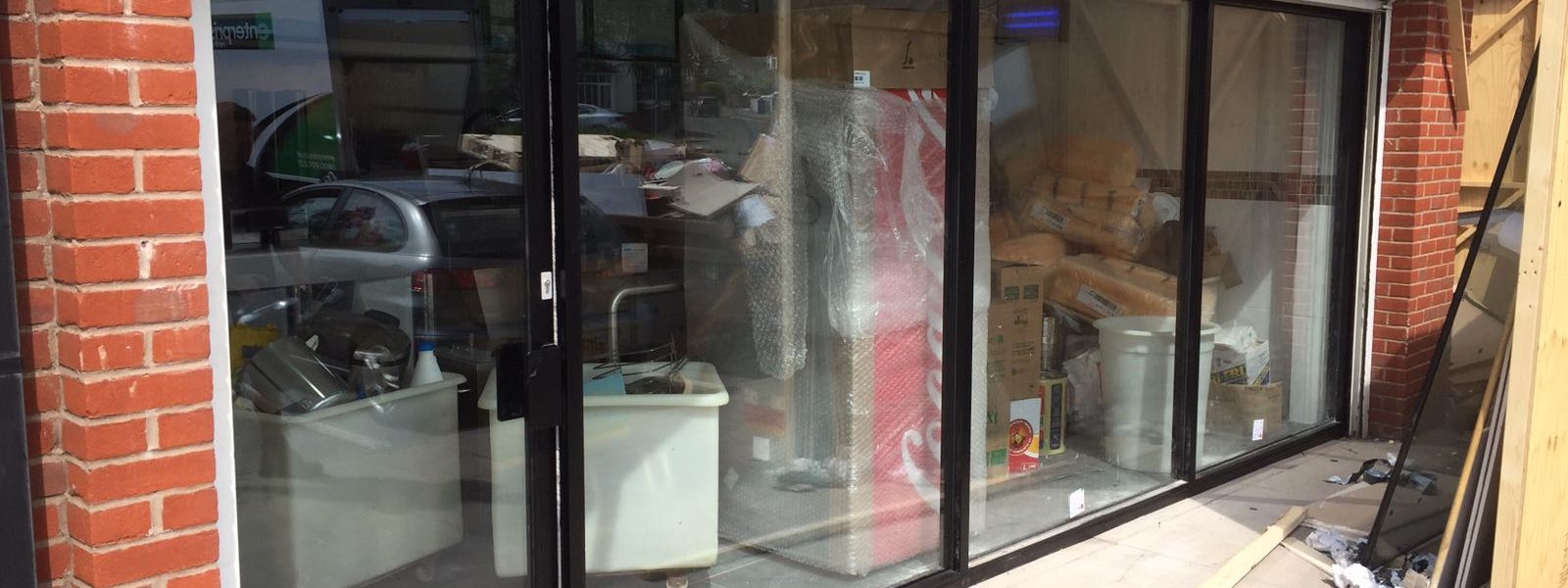So, you’re thinking about giving your storefront a facelift? Or maybe you’re starting from scratch and need to make a stellar first impression? Either way, shop front installation is a crucial step in setting up or revitalizing your business. But what exactly does it entail? And why is it so important?
What is Shop Front Installation?
Shop front installation is the process of designing, building, and fitting the exterior façade of a retail or commercial space. This includes everything from the windows and doors to the signage and lighting. Essentially, it’s what your customers see first, and we all know how important first impressions are.
Importance of a Good Shop Front
A well-designed shop front can do wonders for your business. It attracts foot traffic, enhances your brand image, and even boosts sales. Think of it as your business’s handshake – you want it to be firm, inviting, and memorable.
Types of Shop Fronts
Glass Shop Fronts
Glass shop fronts are sleek and modern. They offer a clear view into your store, which can be enticing for customers. They’re perfect for businesses that want to showcase their products, like boutiques or tech stores.
Aluminium Shop Fronts
Aluminium shop fronts are known for their durability and versatility. They can be customized in various colors and finishes, making them a popular choice for many retailers. Plus, they require minimal maintenance.
Timber Shop Fronts
For a more traditional or rustic look, timber shop fronts are the way to go. They’re often used in areas with strict aesthetic regulations or for businesses that want to exude warmth and charm.
Steel Shop Fronts
Steel shop fronts are the heavyweights of the bunch. They offer maximum security and durability, making them ideal for high-risk areas or businesses that deal with valuable goods.
Planning Your Shop Front Installation
Assessing Your Needs
Before you jump into the design phase, take a step back and assess what you need. What type of business do you have? What kind of impression do you want to make? Understanding your requirements will guide the entire process.
Budget Considerations
Shop front installation can be a significant investment, so it’s essential to set a realistic budget. Consider costs for materials, labor, and any additional features you might want, like lighting or signage.
Choosing the Right Materials
The materials you choose will affect the look, durability, and maintenance of your shop front. Glass, aluminium, timber, and steel each have their pros and cons, so weigh them carefully based on your needs and budget.
Designing Your Shop Front
Aesthetic Considerations
Your shop front should reflect your brand’s personality. Are you going for a sleek, modern look or a more traditional vibe? Think about colors, textures, and overall design elements that will make your storefront stand out.
Functional Requirements
Beyond aesthetics, your shop front needs to be functional. Consider factors like accessibility, security, and durability. For instance, a boutique might prioritize large display windows, while a pharmacy might focus on secure entry points.
Branding and Signage
Your signage is a critical part of your shop front. It should be clear, legible, and on-brand. Remember, this is often the first thing people see, so it needs to make an impact.
Regulations and Permissions
Local Building Codes
Before you start any installation, you need to be aware of local building codes. These regulations ensure that your shop front is safe and compliant with local laws.
Obtaining Necessary Permits
In most places, you’ll need a permit to make significant changes to your shop front. Check with your local authorities to see what permits are required and how to obtain them.
Compliance with Accessibility Standards
Your shop front must be accessible to all customers, including those with disabilities. Make sure your design complies with accessibility standards to avoid legal issues and ensure a welcoming environment for everyone.
Hiring a Professional Installer
Finding Qualified Contractors
A successful shop front installation starts with finding the right contractor. Look for professionals with experience in commercial installations and a portfolio that showcases their work.
Evaluating Portfolios and References
Don’t just take a contractor’s word for it – check their references and portfolio. This will give you an idea of their style, quality of work, and reliability.
Getting Accurate Quotes
Get detailed quotes from several contractors before making a decision. Make sure the quotes include all potential costs, so you don’t get hit with unexpected expenses later on.
The Installation Process
Preparing the Site
Before installation begins, the site needs to be prepped. This might involve removing the old shop front, cleaning the area, and making any necessary repairs.
Installation Steps
The installation itself involves several steps: framing, fitting the windows and doors, installing signage, and adding any finishing touches. A good contractor will keep you informed throughout the process and address any issues that arise.
Quality Control and Inspection
Once the installation is complete, a thorough inspection is crucial. This ensures that everything is up to standard and that there are no issues that could cause problems down the line.
Post-Installation Considerations
Maintenance Tips
A shop front is an investment, so you’ll want to keep it looking good as new. Regular cleaning and maintenance can prevent wear and tear and extend the lifespan of your shop front.
Addressing Potential Issues
Be proactive about addressing any issues that arise. Whether it’s a crack in a glass panel or a malfunctioning door, taking care of problems early can save you time and money.
Enhancing Security
Consider adding security features like reinforced glass, security cameras, or alarm systems to protect your investment. A secure shop front not only protects your goods but also gives your customers peace of mind.
Case Studies
Successful Shop Front Installations
Let’s look at a few success stories. For instance, a local bakery transformed its dated shop front with a modern glass design, increasing foot traffic and sales. Or a boutique that used aluminium and timber to create a unique, inviting façade that stood out in a crowded market.
Lessons Learned from Failures
Not every installation goes smoothly. Learning from others’ mistakes can help you avoid common pitfalls. For example, a store that skimped on quality materials faced costly repairs within a year. Or a business that didn’t comply with local regulations had to redo its entire shop front, doubling their expenses.
Conclusion
Investing in a high-quality shop front is crucial for any business looking to make a lasting impression. From choosing the right materials to ensuring compliance with local regulations, every step of the process is important. By planning carefully and working with professionals, you can create a shop front that not only looks great but also serves your business well for years to come.





